Home>Furniture & Design>Outdoor Furniture>How To Seal Plaster For Outdoor Use
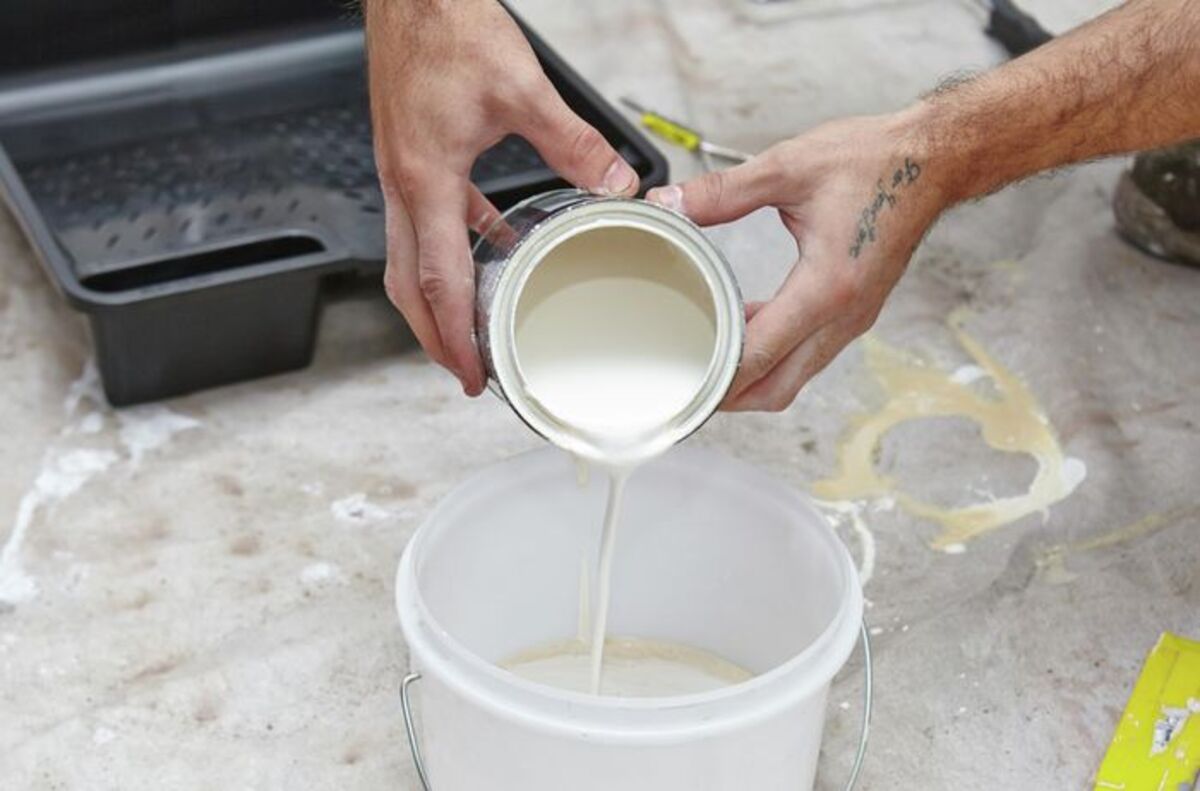

Outdoor Furniture
How To Seal Plaster For Outdoor Use
Published: January 14, 2024
Learn how to effectively seal plaster for outdoor use to protect your outdoor furniture and design. Follow these expert tips for a durable and long-lasting finish.
(Many of the links in this article redirect to a specific reviewed product. Your purchase of these products through affiliate links helps to generate commission for Storables.com, at no extra cost. Learn more)
Introduction
Welcome to the world of outdoor furniture and design! Whether you're a seasoned outdoor design enthusiast or just dipping your toes into the realm of al fresco living, the allure of outdoor furniture and design is undeniable. From cozy patio setups to expansive garden lounges, the possibilities for creating an inviting outdoor oasis are endless.
One crucial aspect of outdoor furniture and design that often goes overlooked is the use of plaster in outdoor settings. While plaster is a versatile and visually appealing material, it requires special attention to withstand the rigors of outdoor exposure. In this comprehensive guide, we'll delve into the essential steps for sealing plaster for outdoor use, ensuring that your outdoor design elements remain both beautiful and durable.
As we embark on this journey, we'll explore the significance of sealing plaster for outdoor use, the step-by-step process of sealing plaster, tips for selecting the right sealant, and guidance on maintaining sealed outdoor plaster. By the end of this guide, you'll be equipped with the knowledge and insights needed to elevate your outdoor spaces with confidence and creativity. So, let's dive in and unravel the secrets of sealing plaster for outdoor use!
Key Takeaways:
- Sealing outdoor plaster is like giving it a superpower shield against sun, rain, and dirt, making it last longer and look beautiful in your outdoor space.
- Picking the right sealant and taking good care of sealed outdoor plaster helps it stay strong and stunning, adding timeless charm to your outdoor design.
Read more: How To Seal Plywood For Outdoor Use
Understanding the Importance of Sealing Plaster for Outdoor Use
Before delving into the specifics of sealing plaster for outdoor use, it’s crucial to understand why this process is essential for the longevity and resilience of outdoor design elements. Plaster, a versatile material cherished for its smooth texture and ability to be molded into various shapes, is a popular choice for outdoor sculptures, fountains, and architectural embellishments. However, when exposed to outdoor elements such as sunlight, moisture, and temperature fluctuations, unprotected plaster is susceptible to deterioration and discoloration.
By sealing plaster for outdoor use, you create a protective barrier that shields the material from environmental stressors. This not only prolongs the aesthetic appeal of outdoor plaster elements but also fortifies their structural integrity, ensuring they withstand the test of time. The sealing process effectively prevents moisture intrusion, which is a primary culprit behind the degradation of unprotected plaster. Additionally, it guards against UV radiation, which can cause fading and yellowing of plaster surfaces when left unsealed.
Furthermore, sealing outdoor plaster acts as a safeguard against staining and soiling, making maintenance and cleaning more manageable. Whether it’s a captivating plaster sculpture adorning your garden or ornate plaster details gracing your outdoor architecture, sealing the plaster is a proactive measure to preserve their beauty and stave off potential damage.
Ultimately, the importance of sealing plaster for outdoor use extends beyond mere aesthetics. It is a strategic investment in the durability and resilience of your outdoor design elements, allowing them to endure the elements while retaining their visual allure. With a clear understanding of why sealing plaster is crucial, let’s proceed to explore the steps involved in this transformative process.
Steps for Sealing Plaster for Outdoor Use
Sealing plaster for outdoor use is a meticulous process that demands attention to detail and a methodical approach. By following these essential steps, you can effectively seal outdoor plaster, safeguarding it against environmental factors and preserving its pristine appearance.
1. Preparation
Begin by preparing the plaster surface for sealing. This involves ensuring that the plaster is clean, dry, and free from any debris or contaminants. Use a gentle brush or cloth to remove dust, dirt, and any other particles that may compromise the sealing process.
2. Selection of Sealant
Choose a high-quality sealant specifically designed for outdoor use. Consider factors such as UV resistance, water repellency, and durability. Consult with a knowledgeable supplier or professional to identify the most suitable sealant for your specific outdoor plaster application.
Read more: How To Seal Paint For Outdoor Use
3. Testing
Prior to applying the sealant to the entire plaster surface, perform a small-scale test in an inconspicuous area. This allows you to assess the compatibility of the sealant with the plaster and ensures that the desired results are achieved without any adverse effects on the material.
4. Application
Apply the sealant to the plaster surface according to the manufacturer’s instructions. Use a brush, roller, or sprayer, depending on the consistency of the sealant and the intricacy of the plaster details. Ensure even coverage and pay special attention to any crevices or intricate designs to guarantee comprehensive protection.
5. Drying Time
Allow the sealant to dry thoroughly as per the recommended duration provided by the manufacturer. Adequate drying time is crucial for the sealant to form a resilient barrier and effectively bond with the plaster surface.
6. Additional Coats (If Necessary)
Depending on the specific sealant and the condition of the plaster, you may need to apply multiple coats for optimal protection. Follow the manufacturer’s guidelines regarding the application of additional coats, ensuring that each layer is applied and dried meticulously.
Read more: How To Seal Chipboard For Outdoor Use
7. Inspection and Touch-Ups
Once the sealant has dried, inspect the sealed plaster surface for any inconsistencies or areas that may require touch-ups. Address any imperfections promptly to guarantee uniform protection across the entire outdoor plaster element.
By meticulously adhering to these steps, you can effectively seal plaster for outdoor use, fortifying it against the elements and preserving its visual appeal for years to come.
Choosing the Right Sealant for Outdoor Plaster
When it comes to safeguarding outdoor plaster against the elements, selecting the appropriate sealant is paramount. The sealant serves as a protective shield, shielding the plaster from moisture, UV rays, and other environmental stressors. With a myriad of sealant options available, it’s essential to consider several factors to ensure that you choose the right sealant for your outdoor plaster application.
1. Weather Resistance
Opt for a sealant that exhibits exceptional weather resistance, capable of withstanding prolonged exposure to sunlight, rain, and fluctuating temperatures. Look for sealants specifically formulated for outdoor use, as they are engineered to endure the rigors of the elements without degrading over time.
2. UV Protection
UV radiation can cause outdoor plaster to fade and deteriorate. Therefore, it’s imperative to select a sealant with UV protection properties. This feature prevents the discoloration and degradation of the plaster surface, preserving its original appearance and structural integrity.
Read more: How To Seal Mdf For Outdoor Use
3. Water Repellency
Outdoor plaster is susceptible to moisture intrusion, which can lead to deterioration and staining. Choose a sealant that offers superior water repellency, forming a barrier that prevents water from permeating the plaster surface. This characteristic is especially crucial for outdoor applications exposed to rain, humidity, or irrigation systems.
4. Breathability
While sealing outdoor plaster, it’s important to consider breathability. The ideal sealant allows for the escape of trapped moisture vapor from within the plaster while preventing external moisture from entering. This breathable characteristic helps maintain the equilibrium of moisture within the plaster, minimizing the risk of damage caused by trapped moisture.
5. Compatibility with Plaster Type
Ensure that the selected sealant is compatible with the specific type of plaster used in your outdoor application. Different plaster compositions may react differently to sealants, so it’s crucial to verify compatibility to avoid any adverse effects on the plaster’s appearance or structural integrity.
6. Longevity and Durability
Seek a sealant renowned for its longevity and durability. A high-quality sealant should provide long-term protection, reducing the frequency of resealing and maintenance. Assess the manufacturer’s specifications and customer reviews to gauge the sealant’s performance and durability over time.
By considering these factors and consulting with professionals or reputable suppliers, you can confidently select a sealant that aligns with the specific requirements of your outdoor plaster application. Choosing the right sealant is a pivotal step in ensuring the resilience and longevity of your outdoor plaster elements, allowing them to withstand the elements while retaining their visual allure.
Read more: How Do You Seal Wood For Outdoor Use
Tips for Maintaining Sealed Outdoor Plaster
Once you’ve diligently sealed your outdoor plaster to fortify it against the elements, proper maintenance is essential to preserve its pristine condition and longevity. By incorporating these tips into your maintenance routine, you can ensure that your sealed outdoor plaster remains visually captivating and structurally sound for years to come.
1. Regular Cleaning
Implement a regular cleaning schedule to remove dirt, debris, and environmental pollutants from the sealed outdoor plaster. Use a mild detergent or specialized plaster cleaner, along with a soft brush or cloth, to gently cleanse the surface without compromising the integrity of the sealant.
2. Avoid Harsh Cleaning Agents
When cleaning sealed outdoor plaster, refrain from using harsh or abrasive cleaning agents that may erode the sealant or damage the plaster surface. Opt for gentle cleaning solutions and non-abrasive cleaning tools to maintain the effectiveness of the sealant and the integrity of the plaster.
3. Periodic Inspection
Routinely inspect the sealed outdoor plaster for any signs of wear, damage, or areas where the sealant may have deteriorated. Promptly address any issues by resealing or performing touch-ups as needed to prevent the progression of potential damage.
Read more: How To Seal Outdoor Furniture
4. Touch-Up and Reapplication
Be prepared to perform touch-up applications or resealing as necessary, especially in high-traffic areas or regions exposed to intense environmental conditions. Regularly assess the condition of the sealant and the plaster surface, and take proactive measures to maintain optimal protection.
5. Protection from Physical Damage
Take precautions to protect sealed outdoor plaster from physical damage caused by impact, abrasion, or sharp objects. Implement measures to prevent accidental damage, such as placing protective barriers or using caution during maintenance activities near the plaster elements.
6. Addressing Stains and Discoloration
If stains or discoloration occur on the sealed outdoor plaster, utilize appropriate cleaning methods or specialized stain removers recommended for use on sealed surfaces. Addressing stains promptly can help preserve the visual appeal of the plaster and prevent long-term discoloration.
7. Professional Maintenance
Consider engaging professional maintenance services for periodic assessments and maintenance of sealed outdoor plaster, especially for large or intricate outdoor plaster installations. Professional maintenance can ensure comprehensive care and preservation of outdoor plaster elements.
By integrating these maintenance tips into your care regimen, you can uphold the integrity and visual allure of sealed outdoor plaster, extending its lifespan and enhancing the overall appeal of your outdoor design elements. With proactive maintenance, your sealed outdoor plaster can continue to captivate and endure, enriching your outdoor spaces with enduring beauty.
Read more: How To Seal Outdoor Mural
Conclusion
Congratulations! You’ve embarked on a journey that has unveiled the intricacies of sealing plaster for outdoor use, equipping you with the knowledge and insights to elevate your outdoor design elements with resilience and enduring beauty. As we conclude this comprehensive guide, it’s essential to reflect on the transformative impact of sealing outdoor plaster and the profound significance it holds in the realm of outdoor furniture and design.
By understanding the importance of sealing plaster for outdoor use, you’ve embraced a proactive approach to safeguarding outdoor plaster elements from environmental stressors, preserving their aesthetic allure, and fortifying their structural integrity. The meticulous steps for sealing plaster have empowered you to embark on the journey of protecting outdoor plaster with precision and care, ensuring that it withstands the test of time while captivating onlookers with its timeless charm.
Choosing the right sealant for outdoor plaster has emerged as a pivotal consideration, guiding you to select sealants that embody weather resistance, UV protection, water repellency, breathability, compatibility, and longevity. This discerning approach to sealant selection is instrumental in nurturing outdoor plaster elements that defy the elements and endure as enduring testaments to your outdoor design vision.
As you embrace the tips for maintaining sealed outdoor plaster, you embrace a commitment to sustained excellence, ensuring that your outdoor plaster elements continue to captivate and endure through regular cleaning, periodic inspection, proactive touch-ups, and protective measures. This dedication to maintenance is a testament to your unwavering pursuit of outdoor design excellence.
In essence, the journey of sealing plaster for outdoor use transcends mere preservation; it embodies a profound dedication to crafting outdoor spaces that resonate with enduring beauty, resilience, and the timeless allure of outdoor living. With your newfound understanding and expertise in sealing outdoor plaster, you are poised to enrich outdoor environments with elements that stand the test of time, captivating hearts and inspiring admiration amidst nature’s embrace.
As you venture forth into the realm of outdoor furniture and design, armed with the knowledge and insights gleaned from this guide, may your outdoor spaces flourish with the enduring splendor of sealed plaster, inviting moments of tranquility, enchantment, and timeless elegance.
Frequently Asked Questions about How To Seal Plaster For Outdoor Use
Was this page helpful?
At Storables.com, we guarantee accurate and reliable information. Our content, validated by Expert Board Contributors, is crafted following stringent Editorial Policies. We're committed to providing you with well-researched, expert-backed insights for all your informational needs.
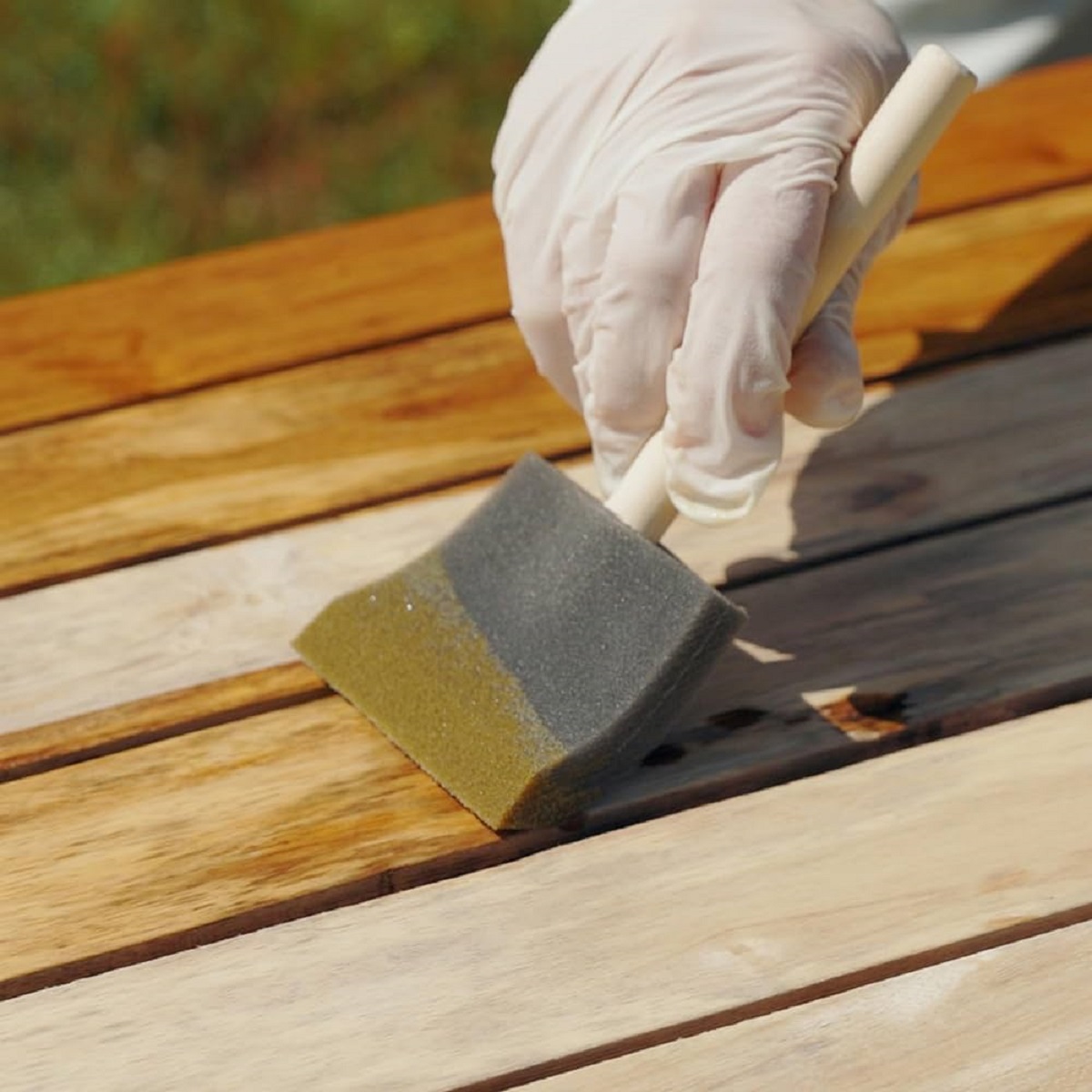
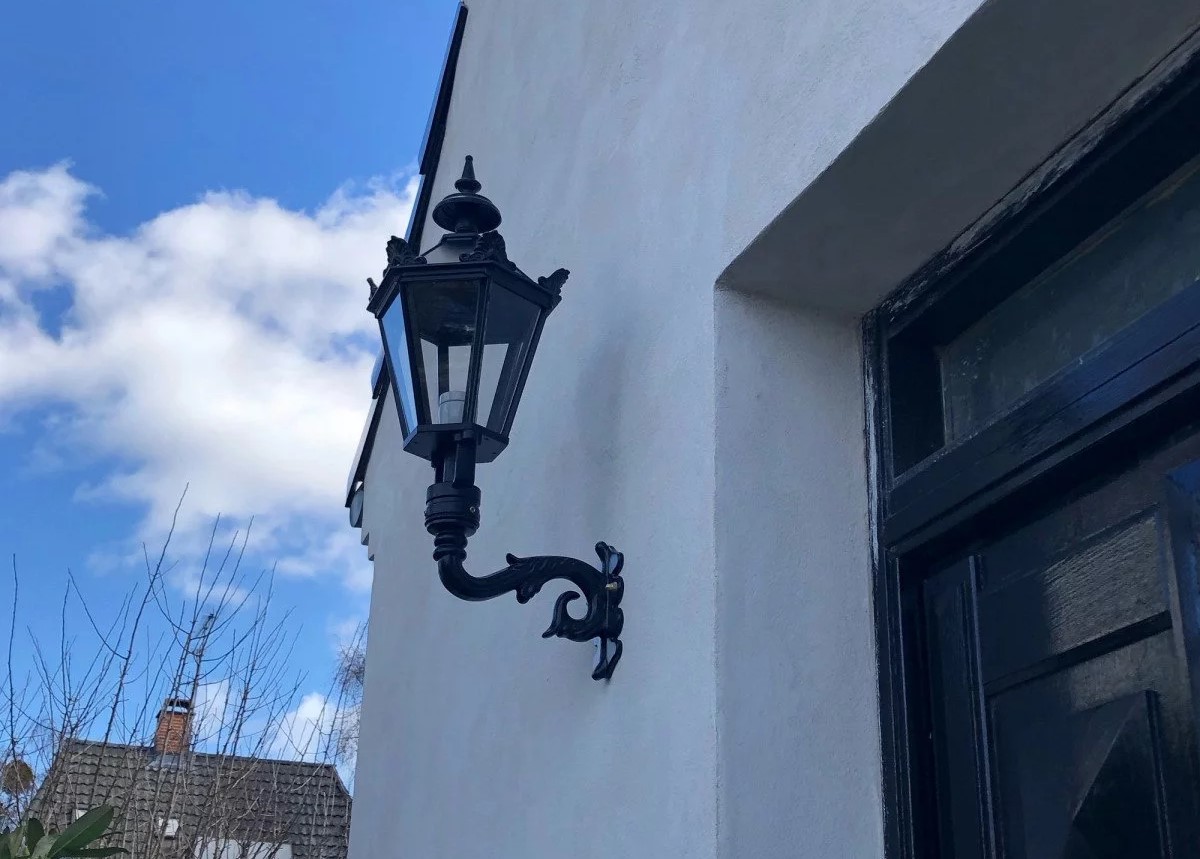
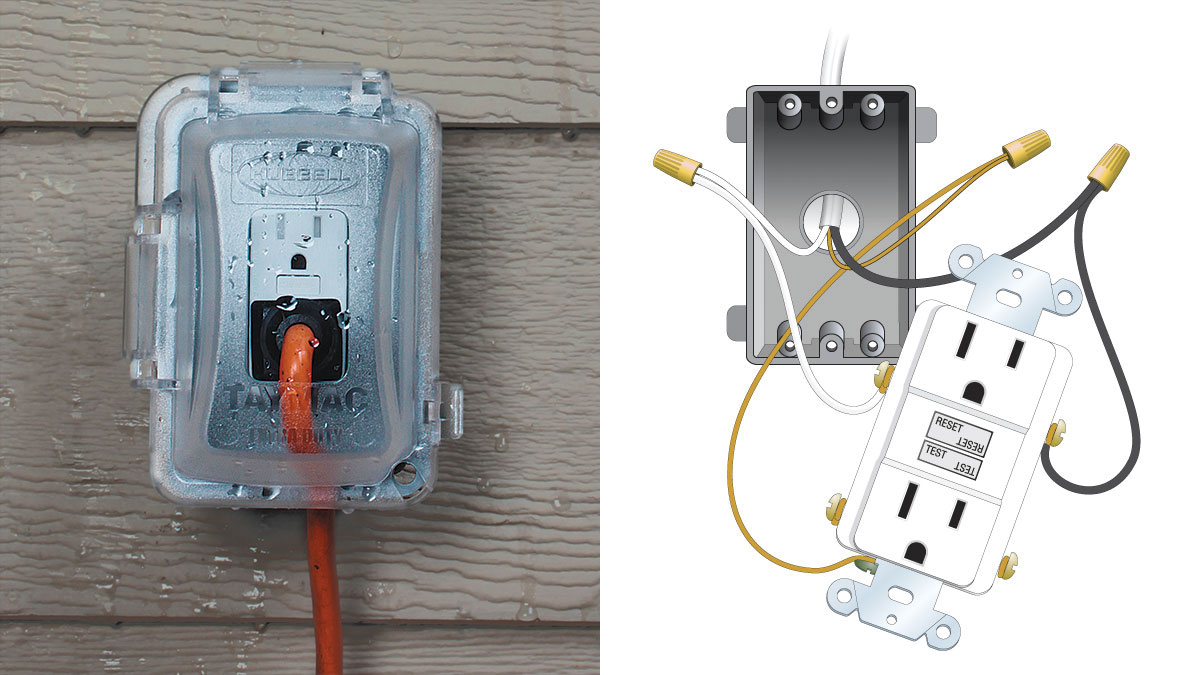
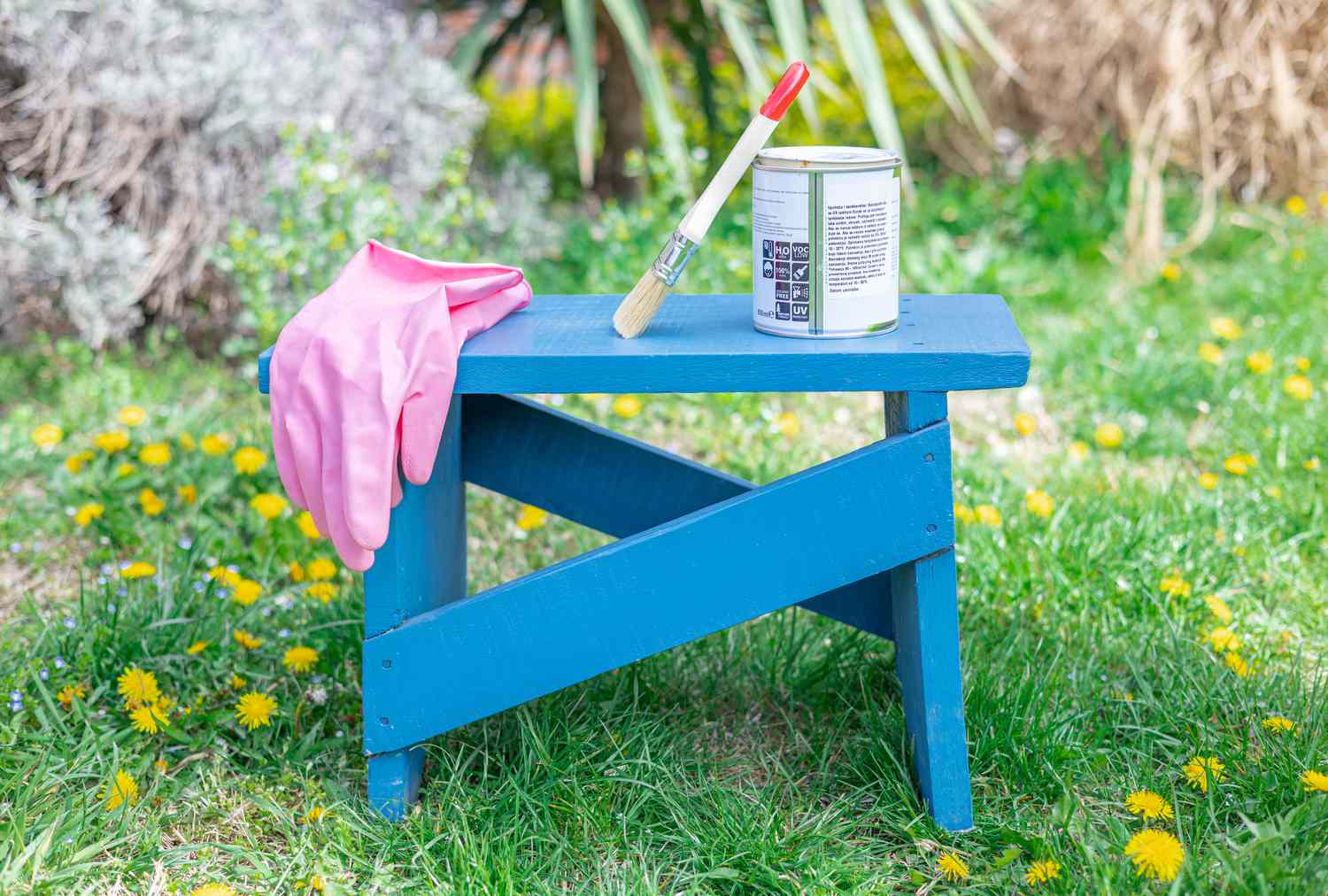

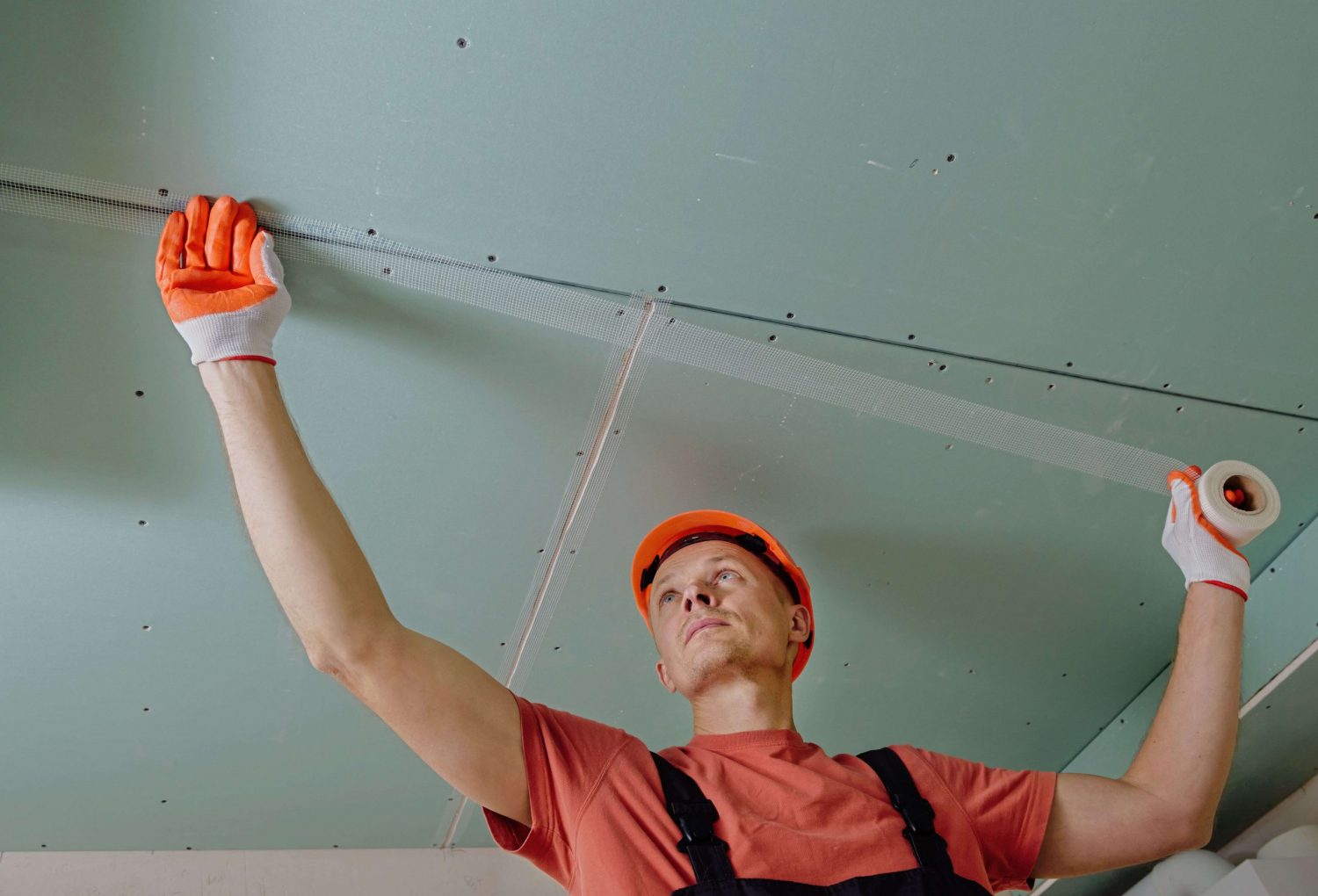

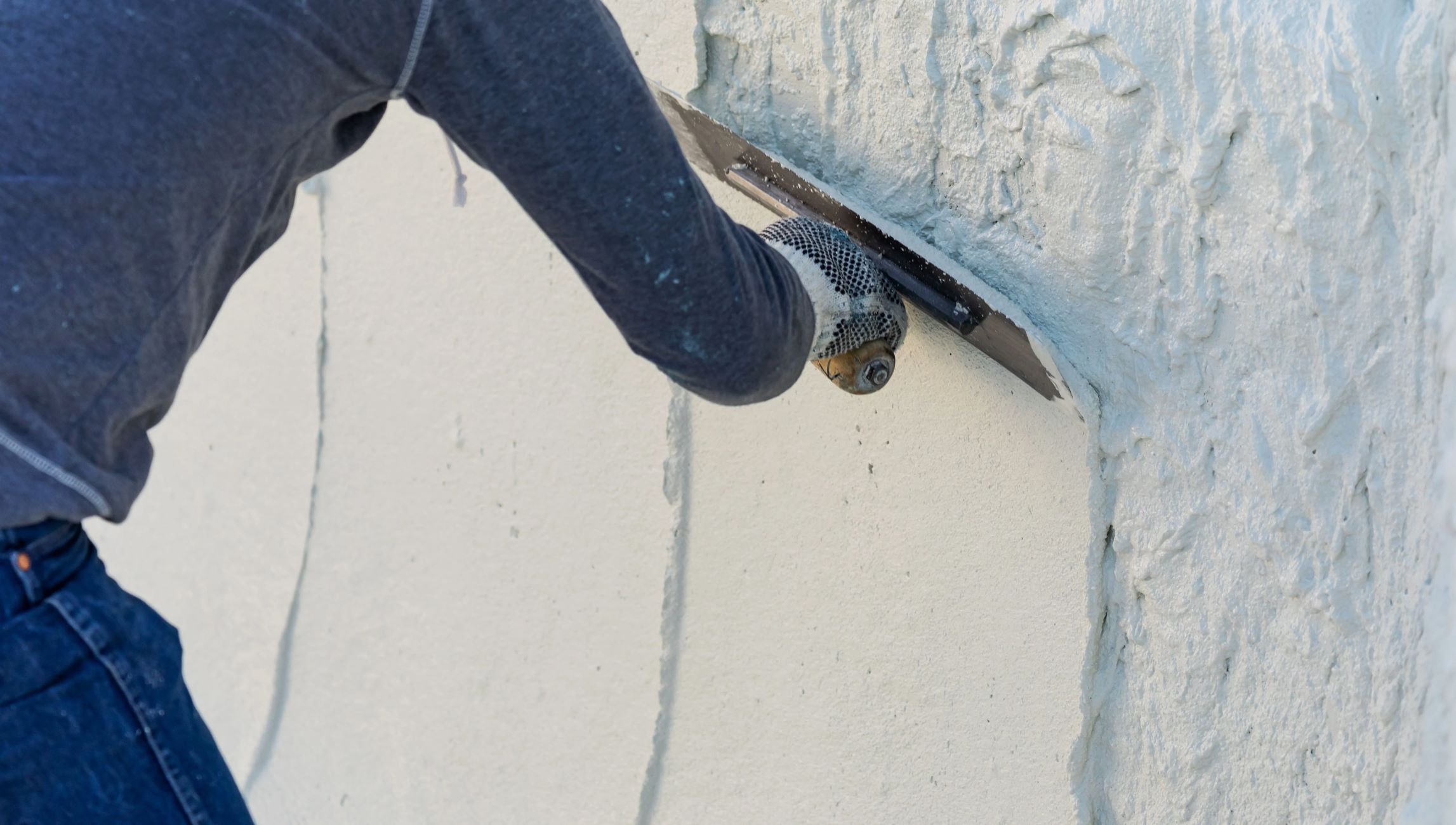
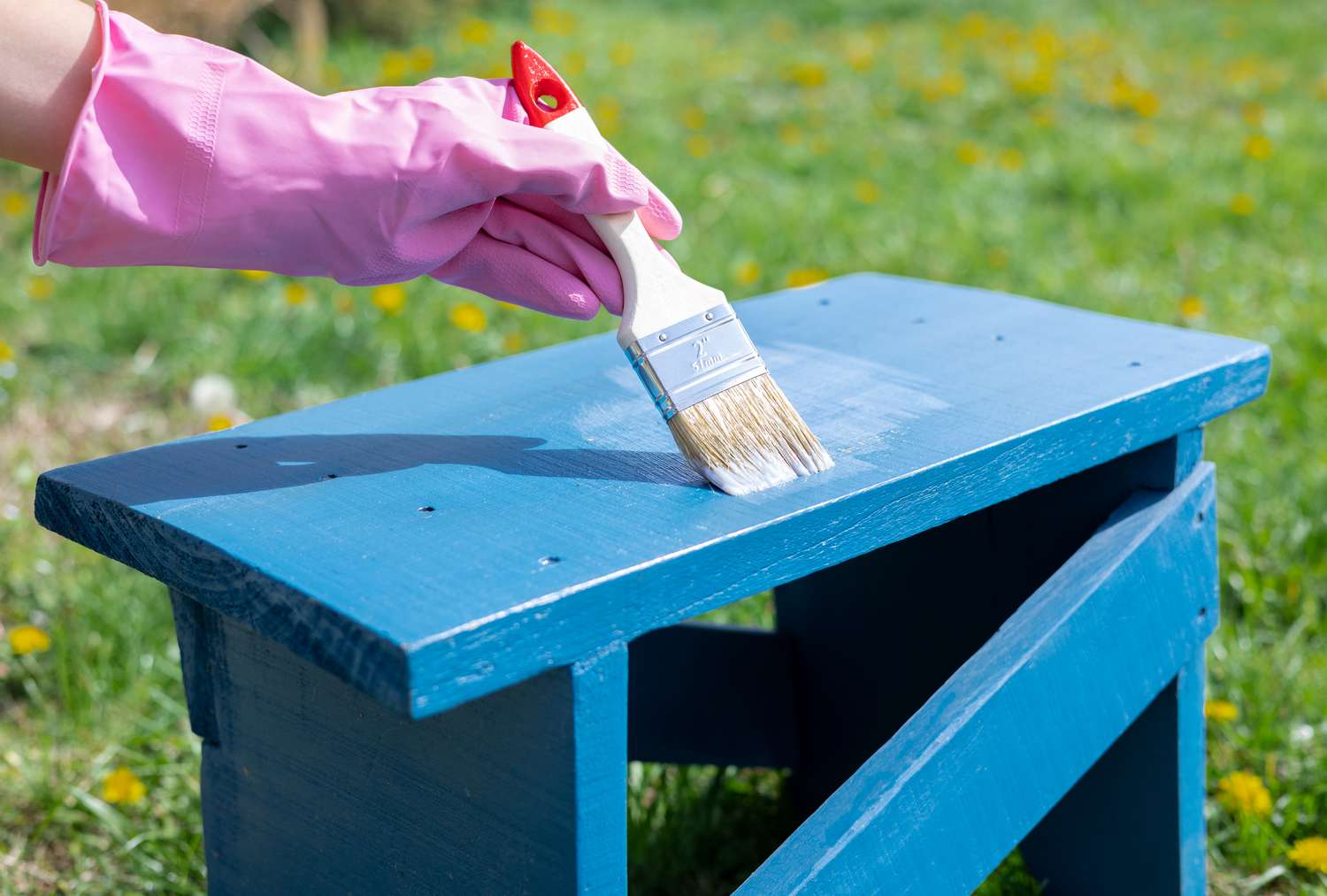

0 thoughts on “How To Seal Plaster For Outdoor Use”